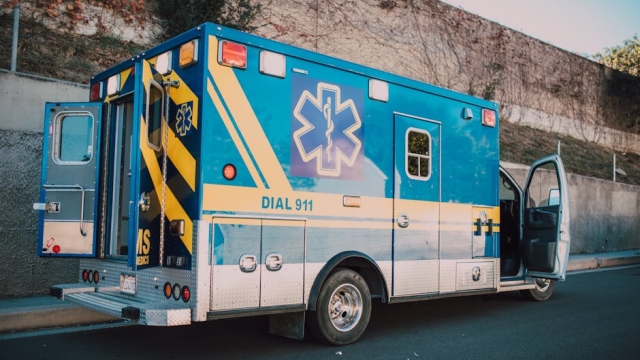
Ensuring safe patient transport is a critical aspect of healthcare that can significantly impact patient outcomes. The process of moving patients between different locations—be it from their room to a diagnostic center or from one facility to another—requires meticulous planning and execution. An estimated 80% of adverse events in hospitals are related to inadequate patient transport procedures, highlighting the importance of this often-overlooked component of patient care.
The Importance of Safe Patient Transport
Effective patient transport is not just about getting individuals from one place to another; it encompasses various elements that ensure the patient’s safety, comfort, and dignity. Proper transport protocols can minimize risks associated with falls, medication errors, and delays in treatment. For instance, ensuring that patients are securely strapped in during transport can prevent falls that may lead to further injury.
Key Factors in Safe Patient Transport
Several factors contribute to the safe transport of patients:
- Training and Protocol Development: Staff must undergo rigorous training to understand the protocols associated with patient transport. This includes knowledge of patient handling, equipment use, and emergency procedures.
- Equipment and Environment: The use of appropriate transport equipment, such as stretchers or wheelchairs, is vital. Ensuring that the transport environment is free of hazards can also significantly reduce risks.
- Communication: Effective communication between the transport staff, the patient’s healthcare team, and the patient itself is essential. Ensuring everyone is on the same page regarding the patient’s condition and needs can prevent complications.
- Patient Condition Assessment: Before transport, a thorough assessment of the patient’s condition should be conducted. This includes checking vital signs and understanding any special requirements the patient may have.
Best Practices for Patient Transport
Implementing best practices can enhance the safety and effectiveness of patient transport. These include:
- Standardized Checklists: Utilizing checklists can help ensure that all necessary steps are followed before and during transport.
- Emergency Preparedness: Staff should be trained in emergency protocols specific to transport situations, including how to respond to unexpected health events.
- Regular Equipment Maintenance: All transport equipment should undergo regular inspections and maintenance to ensure they are in optimal working condition.
Incorporating these best practices can improve the overall quality of care provided to patients. For instance, when hospitals adhere to established guidelines from organizations like The Joint Commission, they can significantly reduce the incidence of transport-related incidents.
Technology’s Role in Patient Transport
Advancements in technology have introduced various tools that enhance safe patient transport. For example, digital tracking systems can monitor the location of patients and transport staff, reducing the chances of miscommunication or delays. Additionally, telemedicine options can allow healthcare providers to assess a patient’s condition remotely before and during transport, ensuring that the correct measures are taken.
Improving Patient Experience
Beyond safety, patient transport should also prioritize the comfort and experience of the individual. Ensuring that patients feel secure and informed throughout the process can alleviate anxiety. This includes explaining each step of the transport process, addressing any concerns they may have, and providing physical comfort through appropriate padding and support during transport.
Healthcare facilities committed to safe patient transport recognize the multifaceted nature of this process. By ensuring that both the physical and emotional needs of patients are met, healthcare providers can enhance overall patient satisfaction and outcomes.
Conclusion
In summary, safe patient transport is an indispensable part of the healthcare experience. By understanding the various factors that contribute to effective transport, healthcare providers can minimize risks and improve patient outcomes. Training, communication, and the use of technology are all essential components in achieving this goal. As the healthcare landscape continues to evolve, prioritizing the safety of patient transport will remain a critical focus for improving the quality of care.






